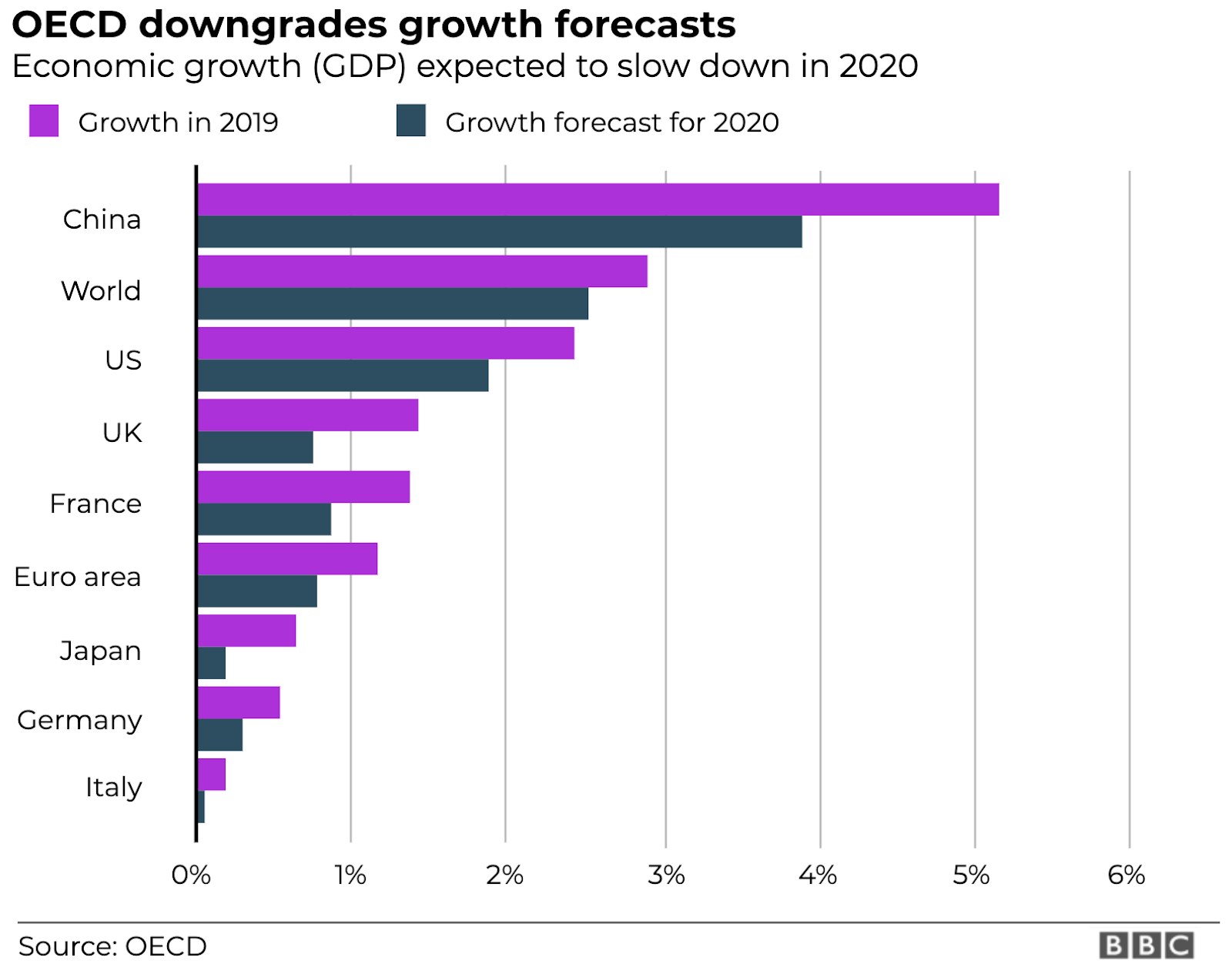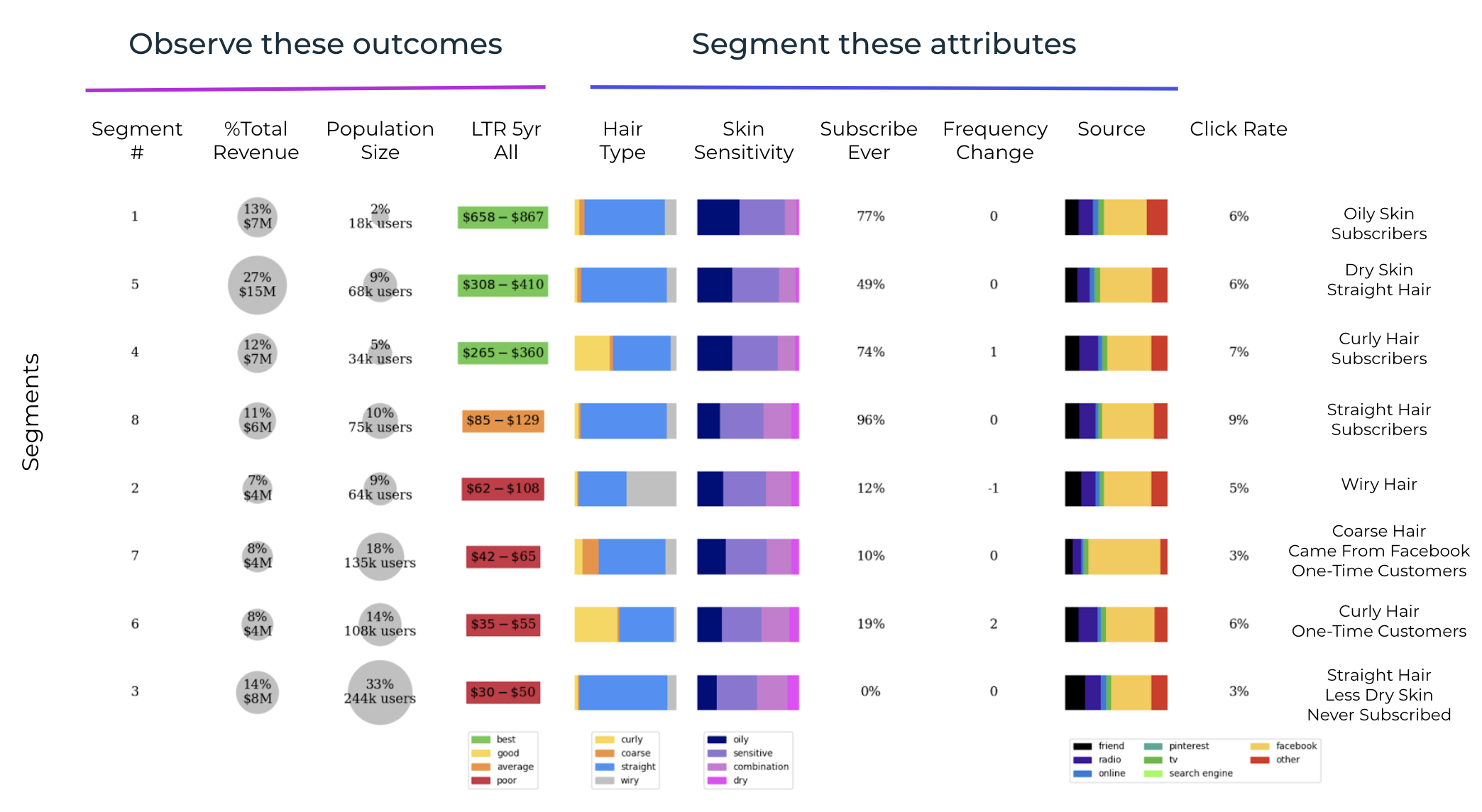Coronavirus disease 2019 (COVID-19) has caused plenty of uncertainty across the country and around the world. While articles and checklists abound on how to prepare oneself for an epidemic, from face masks to hand sanitizer, what is less abundant is a plan to face the economic implications of the virus. It’s clear that the downwind impact of the virus will impact GDP growth in most countries. Along with the lackluster IPOs of 2020, this economic landscape is a real cause for concern for most businesses.

In this environment, no company can afford a flawed understanding of customer profitability. In fact, we expect most investors to demand a path to profitable growth along with customers that are actually profitable. Now is the time to invest in change in your organization to not only deliver revenue but also to focus on increasing customer equity. To do so, start with determining which customers are most profitable and why some customers are high value while others are low.
The issue is that most companies measure customer lifetime value at the aggregate value rather than the individual level. Moreover, they fail to account for costs that go beyond cost of goods sold (COGS) and customer acquisition costs (CAC). For example, a major retailer applied the same fixed costs to all of its customers without accounting for store costs and wages based on location. This inaccurate model deflated the value of some customers in locations with lower costs of living.
By calculating profitability using customer lifetime value, we can determine the true bottom line for each customer. Only then can it be aggregated up to a segment or population of interest. CLV in this case includes COGS, shipping, handling, CAC, promotions, and overheads.

What CLV can tell you that your customers won’t.
Customer-level lifetime value can give you a wealth of information about how much the company is spending on each customer.
Spending Too Much on Customers
To start, look at your customer-level profitability to identify which customers you should no longer spend money on. For example, you may be able to identify what behaviors or products should require a restocking fee, while others do not.
Segmenting the Customer Incorrectly
Customers are often segmented based on demographics, acquisition channel, or even products. While these approaches certainly serve a purpose, it makes a lot more sense to segment them based on customer lifetime value.

Customer lifetime value gives companies valuable insights into what factors make up your most profitable customers. You can understand what they buy, how they interact with your brand, and what points of the customer journey are most important for them.
For example, by using a revised customer segmentation strategy, a hair color company refocused its subscription plans to make certain segments more profitable over time. The company relied heavily on this new method to better understand their customers and the product market fit.
As a second example, a wine subscription company used customer segmentation to identify which promotions led to less profitable customers. As a result, the company stopped serving promotions to the wrong segments.
Behavioral segmentation can also help provide customized experiences for different customer segments.
Pricing Too Low for Products
Price is not always the most important factor for customers. Amazon has proven this statement with their Prime membership products. Customers value ease of use and fast delivery without friction. A cost-to-serve analysis can help you find what factors are important to your customers. For certain products or services, it may make sense to increase prices or charge an additional fee.
Pricing Too High for Growth
On the other hand, this analysis will also show which margins are high enough to support lowering the price to bring in more loyal customers.
To complete this analysis, your company needs to combine order level data with cost-to-serve analysis. Plus, the organization needs a method to deploy these insights so that product managers, brand managers, and marketers can use the information.
With a lot of uncertainty surrounding COVID-19 and the current economic climate, now is the time to safeguard your business by improving your customer equity.
At Retina, we empower businesses to maximize customer-level profitability. Boost revenue with the most accurate customer lifetime value metrics and optimize your business with action plans from our strategy consultants.
Contact us at [email protected] to learn more about our customized solutions.